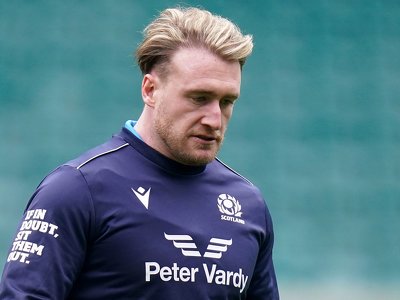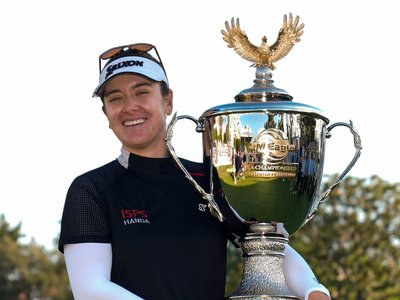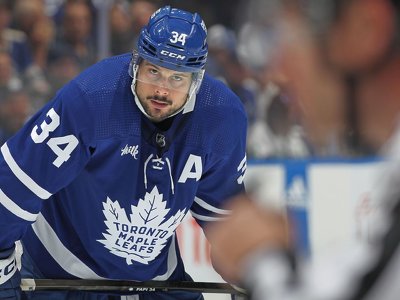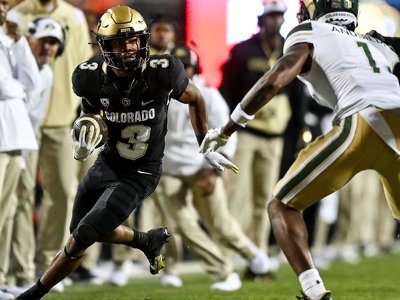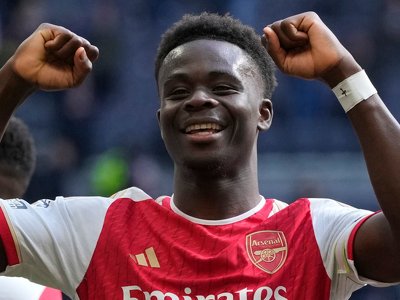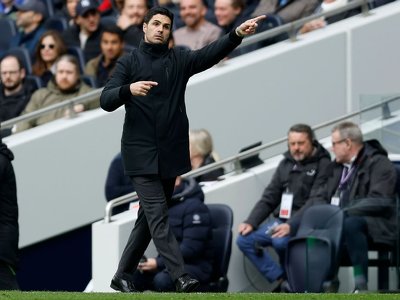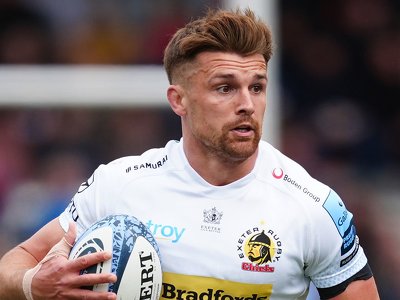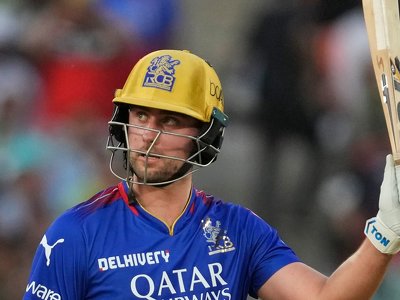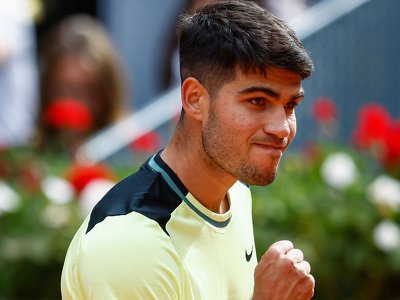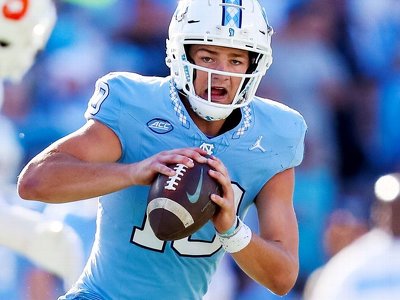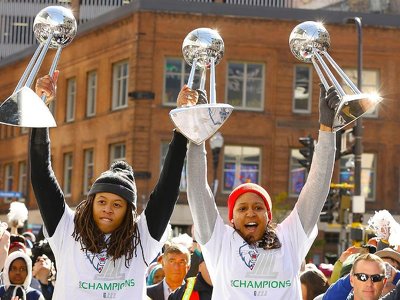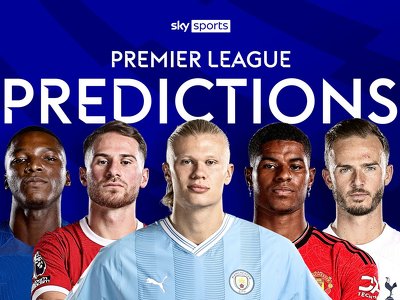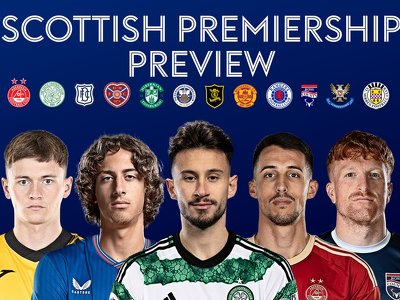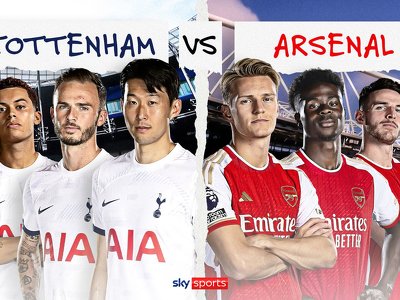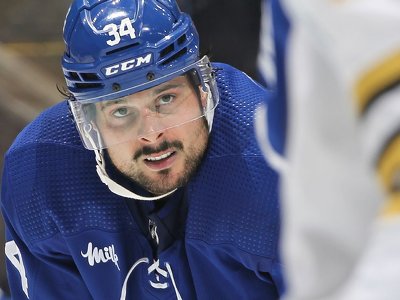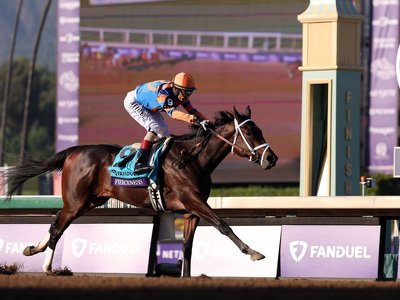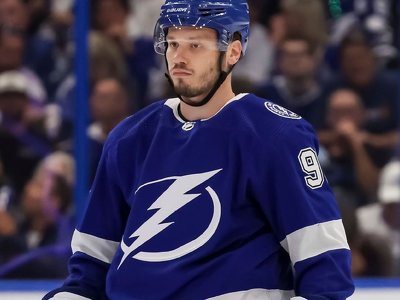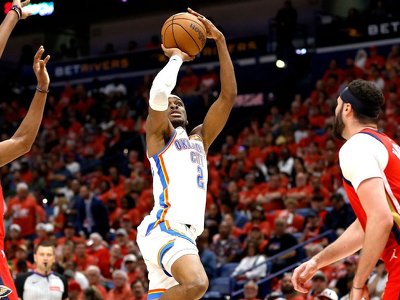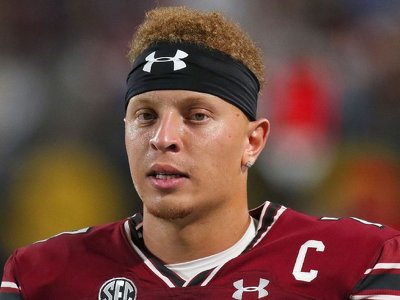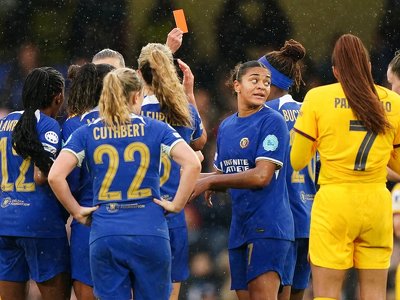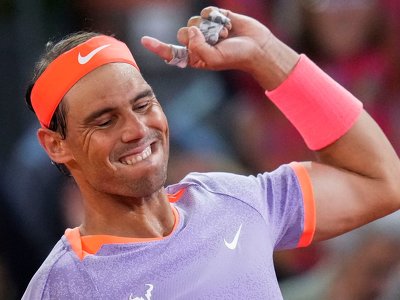⚾ Ranking the top 50 MLB free agents

The MLB offseason is officially here! As free agency kicks off at 5 p.m. ET on Thursday, it's time to rank the 2025-26 free agent class and predict how much money each player will get.
Let's start with a quick rundown of what you need to know about these rankings and projections.
For simplicity, the players are ranked by the size of their projected guaranteed contracts, including the posting fee for foreign professionals, so technically it's by the projected total cost to the signing team. (There are a number of players from Japan's NPB and Korea's KBO listed -- that's meant to be all the players who could in theory come to MLB; not all of them will this winter.) The contract projections are a mix of my opinions and those of agents and executives, but the goal is to predict what will happen, not decide what each player is worth.
The qualifying offer (QO) is a notable piece of this puzzle -- a team can offer a pending free agent a one-year, $22.025 million deal that he can accept, or the team gets compensation if he signs elsewhere -- and I see 10 players who should be offered the QO (I added an asterisk to their projected contracts). That happens to be every free agent projected for over $50 million who is eligible to get the QO, and one player who seems to be borderline: Lucas Giolito.
Here are last year's projections to get a feel for how I did. One measure is to compare my projections with the actual contracts. There were 124 players I projected to get big league deals who did sign one -- I projected $3.58 billion in guarantees and those players received $3.44 billion in guarantees.
I project overall spending this winter at a hair over $3.5 billion. That's almost exactly where last winter's spending landed, though I projected $3.78 billion for it at the time, suggesting overall spending could be down a bit this offseason. Shane Bieber and Jack Flaherty opting into their contracts was a bit surprising and ticked this winter's projected spending down a little over $100 million.
Buzz around the industry is mixed about the market as a whole, so I'd expect a slower start to free agency as both sides feel out what teams are looking to accomplish. On to the projections!
2025 team: Chicago Cubs
2026 Opening Day age: 29
Projected contract: 11 years, $418 million ($38M AAV)*
Tucker and Vladimir Guerrero Jr. had long been circled as the two players who could potentially sign megadeals in this free agent class, but Tucker is alone at the top since Vlad Jr. got his extension (14 years, $500 million) during the 2025 season. Tucker had some ups and downs to his 2025 season, covered in my September breakdown (and polling of the industry) of his free agent market. I go into a lot of depth about the comparables and how the market values Tucker vs. Guerrero.
The conclusion from that exercise (via the industry projections of his contract) is that Tucker should come in just below $400 million. I've found from my experience projecting these types of deals that the top-tier free agents tend to beat those projections. This is largely due to the competition among top teams to get the true difference-makers, and also because many teams think they can "make" role players from their own prospects and players signed on smaller free agent deals, thus shifting some spending from those types of players to stars. Every team knows what the "expected" contract is for these top players; a handful of interested teams aim for that target more or less, then run into competitive forces; and at least one team is willing to go a bit over the projection because of the lack of elite players available at any one time.
Tucker has been very consistent (he has the 11th-best WAR and is the ninth-best hitter in baseball since 2021) and has been lauded since early in his high school career for his pretty left-handed swing and big power, going fifth in the 2015 draft. That's the kind of long track record and consistency (read: high floor, low bust potential) teams look for when they're making giant investments.
The risk for a corner outfielder who will be 30 years old in the second season of his deal is that he could athletically fall off a cliff in the middle of this contract. Tucker is insulated from that concern a bit because he has a track record of being above average on the basepaths and defensively despite below-average top-end speed and only solid-average bat speed. He relies more on feel and precision than pure tools, thus the thinking is he'll age better than the generic very good corner outfielder.
2025 team: Houston Astros
2026 Opening Day age: 32
Projected contract: 6 years, $168 million ($28M AAV)*
Valdez is an easy sell: He's a dependable (fifth-most regular-season innings since 2021) lefty with extensive playoff experience (most playoff starts and innings since 2020) who has regularly posted ERAs in the high 2s to mid-3s, averaging 3.20 since 2021, and that mark is driven by the highest ground ball rate in the league (among starters) in that span. Plus, the velocity of his sinker went up a bit in 2025 after a dip in 2024. On the other hand, he's about to turn 32, doesn't miss many bats relative to other nine-figure starters, and his 3.66 ERA in 2025 is his worst since 2019.
So, you're not getting an ace, or at least not as most people think about an ace, but you're likely getting a steady No. 2/No. 3 starter and clear starter in a playoff series, and you're just hoping that he doesn't transition to a softer-tossing back-end starter on this contract. The best recent comp is Aaron Nola (seven years, $172 million), though Valdez is hitting the market at roughly 18 months older than Nola did, so six years seems likely.
2025 team: New York Yankees
2026 Opening Day age: 30
Projected contract: 6 years, $165 million ($27.5M AAV)
Bellinger won the NL MVP as a 23-year-old in 2019 with a 7.8 WAR season but hasn't reached those heights again, relying more on being well-rounded and producing regular quality contact rather than massive exit velos. On the bright side, his second-best season was 2025, when he posted 4.9 WAR with above-average baserunning and defensive value.
Bellinger is an average defensive center fielder who is above average in a corner-outfield spot and solid at first base, as well. His wide base of skills and versatility give him a high floor, and the adjustability of changing his offensive approach in the big leagues suggests he'll age well.
There aren't many potential core position players in this class, but Bellinger still being young for a free agent while fitting well at four positions should give him a robust market. I see five or six years here, and I think he'll clear $150 million.
2025 team: Boston Red Sox
2026 Opening Day age: 32
Projected contract: 5 years, $160 million ($32M AAV)
Bregman opted out of a $40 million player option (with deferred money moving the net present value just under $32 million by one calculation) to hit the market again now one year older than last winter, but with his offensive stats ticking up a bit in 2025. Last winter, I projected six years, $187 million and Bregman's high-end offers didn't meet his liking, so he opted for a shorter deal with a higher AAV (only slightly higher after deferrals) and opt-outs: three years, $120 million.
Age is a massive factor in the math teams do to set the years and price they're willing to pay to sign free agents, so five years is probably where things land if Bregman ends up getting a longer-term deal to his liking. I think teams with real interest would be fine with a roughly $30 million AAV at a four- or five-year term. My best guess is that negotiations will end up just above that because Bregman is the most consistent option (at least 14% above league average as a hitter every year of his career) of the hitters behind Tucker, with real age, defensive or consistency questions hindering the other hitters in contention for this kind of payday.
2025 team: Seibu Lions (NPB)
2026 Opening Day age: 27
Projected contract: 6 years, $135 million ($22.5M AAV) + $22.125 million posting fee
Imai likely gets the biggest deal of any foreign professional this winter and is more of a solid No. 2 or No. 3 starter with some risk to get there than a potential ace, but his age and the lack of a qualifying offer will help bring up the amount teams are willing to pay for him. Imai will be subject to the posting system; the posting fee for this projected contract would be just over $22 million, paid to his NPB club, for an all-in cost of just over $157 million ($26.2M AAV).
We've got it all covered as the Dodgers beat the Blue Jays to win a second consecutive title.
Behind the scenes of L.A.'s repeat title »Game 7 win cements Dodgers' dynasty »The rise of Toronto's Trey Yesavage »What it's like watching Vlad Jr. dominate »Inside an epic 18-inning Game 3 thriller »
A big selling point on Imai is his cratering walk rate, going from a BB/9 of 5.1 to 4.1 to 3.6 to 2.5 over the past four seasons, punctuated by his 2025 line: 163⅔ IP and a 1.92 ERA. Imai is 5-foot-11 and throws from a lower slot, so he creates a flat plane, excellent for swings and misses at the top of the zone for his 93-97 mph four-seam fastball that hit 99 mph last season. His miss rate on the pitch wasn't elite because he didn't throw it at the top of the zone very often, but that's something that can be fine-tuned in the big leagues.
Imai has an above-average splitter, but his slider is a more interesting topic. His slider doesn't slide: It averages arm-side movement, like Trey Yesavage's, so it can be an effective pitch even if it's unusual to see (especially when paired with a splitter and above-average fastball velocity, like Yesavage does). There's some conventional wisdom that a backup slider is the best pitch in baseball (because nobody knows when a pitcher will misthrow the pitch like that), but that's meant as a one-off, not a recurring quality to shoot for.
You could question Imai's size or fastball miss rat
- Last
- April, 29
-
-
- April, 28
-
-
-
-
-
-
-
-
-
-
-
-
-
-
-
-
-
News by day
8 of November 2025
